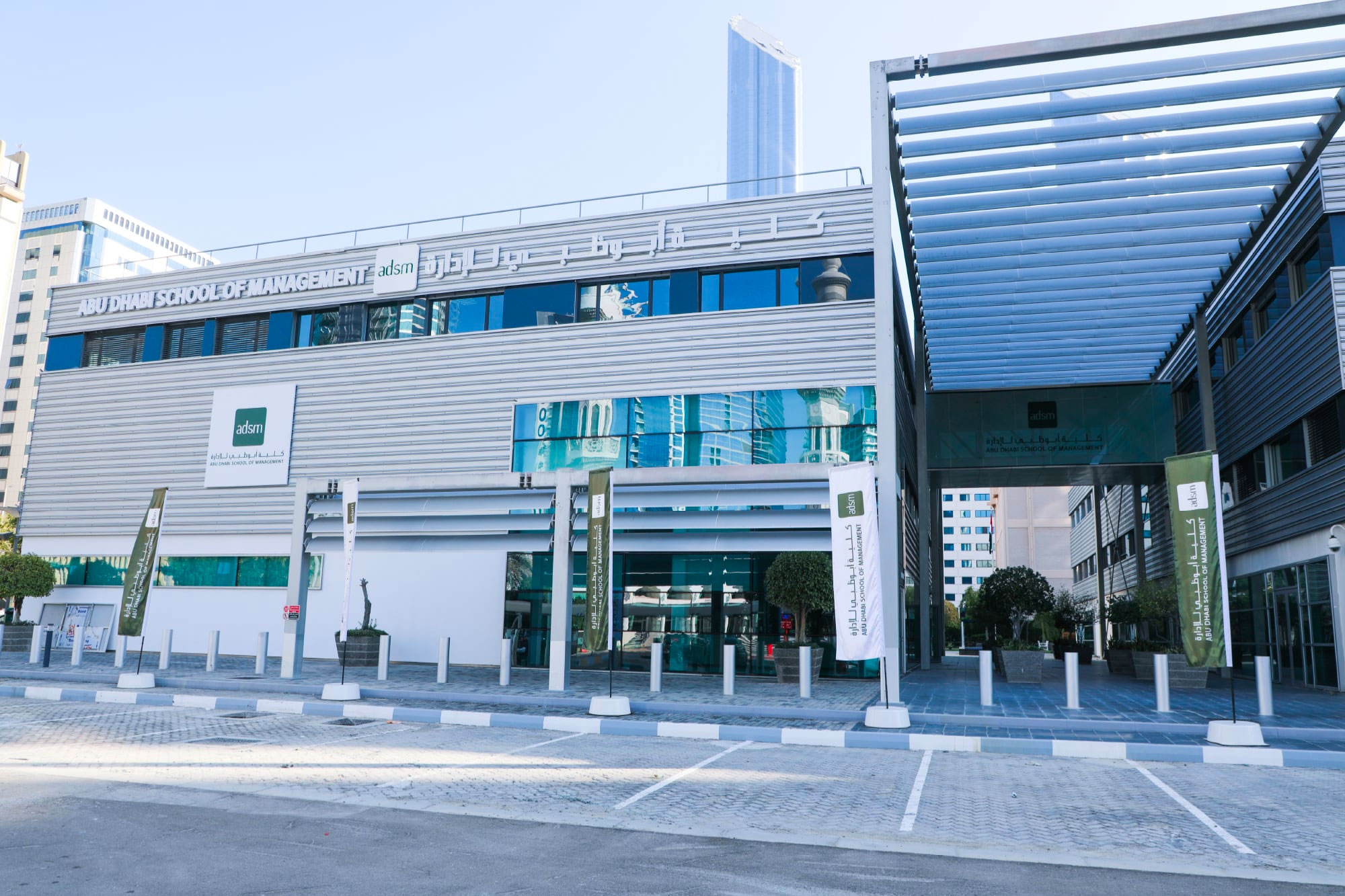Economies and businesses worldwide are reeling from the lockdowns imposed in most countries amid the Covid-19 pandemic.

As governments continue to restrict activities at shopping malls and centers, companies need to develop alternative strategies for survival and profitability. Retail stores of brands around the world are struggling to cover operating expenses such as rent, utilities, and salaries due to the conditions created by lockdowns or restricted shopping hours. Groceries and FMCG are among the product categories enjoying demand from customers amid the pandemic situation, whereas other industries such as jewelry and accessories, fashion and lifestyle brands, watches, eyeglasses, footwear, apparels, home decor and furnishings, and beauty and cosmetics are facing a significant challenge from drastically dropping sales.
A vaccine for Covid-19 will likely be unavailable for some time, and businesses that cannot shift their mode of operation will face huge losses and closures. Disappearing brands and retail outlet closures will lead to further job losses and additional damage to the already declining GDPs of most nations. Hence, it is essential that brands find ways to retain and gain customers.
To adapt, businesses must look beyond targeting efficiency by cutting workforces and costs to adopting new technologies that align with the Covid-19 scenario of social distancing and contactless shopping, like augmented reality (AR) and virtual reality (VR). AR and VR allow customers to shop by interacting with and assessing products and services virtually before making a purchase.
VR uses computer technology to create a simulated environment, while AR combines a digital object with some real-life object or place. For instance, IKEA’s AR feature allows a customer to visualize a piece of furniture in their home using the camera of their mobile phone. According to a survey by Gartner in 2018, 46 per cent of retailers planned to deploy either AR or VR solutions to meet customer service experience requirements by 2020. Given the current and unexpected scenario of Covid-19, organizations need to accelerate their investment in AR and VR technologies to survive and ensure customer satisfaction.
Customer behavior is the most important factor in AR and VR design. Priority should be given to creating a compelling customer experience in which AR and VR drive sales. Such experiences should be designed based on customer centricity, putting the customer first, to lead the customer towards a purchase.
Customer touchpoints for purchase vary depending on the nature of the product or service and can include AR/VR-enabled mobile apps, AR/VR-enabled websites/e-commerce platforms, and AR/VR showrooms. Brands and retailers need to understand these touchpoints in order to attract customers to explore their products. Customers must feel comfortable buying products that they have seen in the virtual world or tried digitally. Instead of going to a showroom, customers using AR/VR-enabled platforms should be able to experience new eyeglass frames, a watch or jewelry from the comfort of home. The shopping experience should be complemented by completely contactless and safe delivery. The potential of this technology to reduce return rates will be particularly beneficial for the bottom lines of fashion and beauty brands. Customers who still want to visit a retail outlet for purchase can pre-select the product before arrival to avoid overcrowding.
While developing AR or VR technology may be costly, those businesses that do so quickly will enjoy a faster return to “normal” by giving customers confidence in the safety and comfort of shopping from home. With the accelerating pace of customer adoption of new technology, and product demand, companies will soon recoup their costs. The adoption of AR and VR will also enable businesses to create immersive experiences, greater customer engagement and, in turn, improved customer satisfaction. Hence, the time is now for organizations to develop digital roadmaps to implement virtual reality and augmented reality technology to enhance ROI, brand engagement, and customer satisfaction for competitive advantage.
– Dr Kiran Nair is the assistant professor, Department of Management, at the Abu Dhabi School of Management. Dr Ruchi Gupta is the assistant professor, Department of Commerce, at the Shaheed Bhagat Singh College, University of Delhi. Views expressed are their own and do not reflect the newspaper’s policy.
Link to the Article: https://www.khaleejtimes.com/business/local/ar-and-vr-technologies-in-the-new-business-reality-of-covid-19

